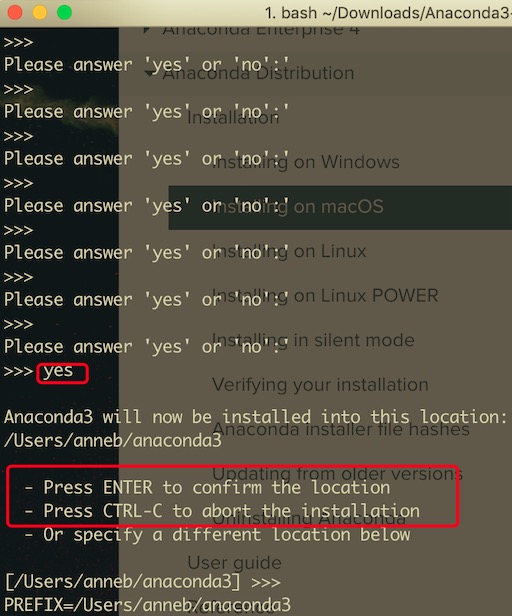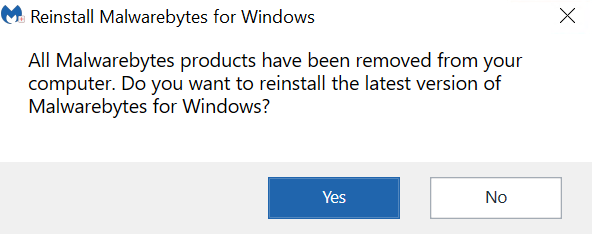


- #UNINSTALL MALWAREBYTES MAC COMMAND LINE FOR FREE#
- #UNINSTALL MALWAREBYTES MAC COMMAND LINE HOW TO#
- #UNINSTALL MALWAREBYTES MAC COMMAND LINE INSTALL#
- #UNINSTALL MALWAREBYTES MAC COMMAND LINE SOFTWARE#
- #UNINSTALL MALWAREBYTES MAC COMMAND LINE PASSWORD#
To do so, open Terminal in Applications and use the sudo uninstall file:// command. You can use Terminal to uninstall an app on Mac or delete files completely, including app leftovers. Or apps that have the same functions as other installed apps.Apps downloaded from untrustworthy websites.
#UNINSTALL MALWAREBYTES MAC COMMAND LINE SOFTWARE#
This is determined by what software is installed on your Mac and what tasks you need to perform. If you're a visual learner - click and watch our YouTube tutorial! What’s more, MacKeeper optimizes the performance of your computer and protects your security and privacy. It includes an advanced Smart Uninstaller tool that helps you get rid of unused apps, widgets, plugins, browser extensions, and more.Īdditionally, MacKeeper lets you remove junk files and duplicates that take up your Mac’s storage. To protect your privacy is of utmost priority for the most advanced applications on the market,įor instance, the latest version of MacKeeper is notarized by Apple, and it is completely reliable. Their developers are interested in the safety of data.
#UNINSTALL MALWAREBYTES MAC COMMAND LINE INSTALL#
To avoid this problem, install only well-known programs. If you work on your device, install a lot of applications, and visit numerous websites, using a Mac uninstaller app might be a good idea.Īllowing a program to scan all the system data on your Mac can endanger your personal information.
#UNINSTALL MALWAREBYTES MAC COMMAND LINE PASSWORD#
Hit Enter and type in your user password to remove the app and its leftover files from your Mac. Then go to the Applications folder in Finder and drag the icon of the app that you wish to uninstall into the Terminal window - it will automatically paste itself. Type sudo uninstall file:// into the command line. To open Terminal, go to Applications → Utilities → Terminal. The Terminal app can also be used to delete app leftovers and fragments. To delete the folder with leftovers, control-click on its name and select Move to Trash from the drop-down menu, then open Bin and empty it. Search for any folders with the same name of the app you deleted. In Finder select Go > Go to Folder from the menu bar and type /Library/ and hit click Go. Send the app you want to uninstall to the Trash, then open Bin and empty it. Go to Applications in Finder and Control-click an app you want to uninstall. Using advanced search, you can locate the program that you want to delete and the files associated with it. This also includes the data stored on iCloud Drive and even on external devices.įinder lets you organize the entire array of files on your computer, including cleaning data storage, and you can also use it to uninstall software on your Mac.
#UNINSTALL MALWAREBYTES MAC COMMAND LINE HOW TO#
How to uninstall an app from a Mac with Launchpad: When you uninstall programs using Launchpad, it not only sends them to the Trash, but it also deletes all their additional files from your Mac. You can access Launchpad through the Dock, through a Mac search, using the F4 key, or by pinching all your fingers together if you use a trackpad. Launchpad allows you to find, organize, and open the apps on your Mac. In this guide, we’ll show you how to manually uninstall your Mac apps:
#UNINSTALL MALWAREBYTES MAC COMMAND LINE FOR FREE#
Note: You can enjoy a one-time apps cleanup for free without activating the full version.Ĭorrectly uninstalling a Mac app not only frees up space on your hard drive but it also improves your Mac’s performance and speed.


 0 kommentar(er)
0 kommentar(er)
